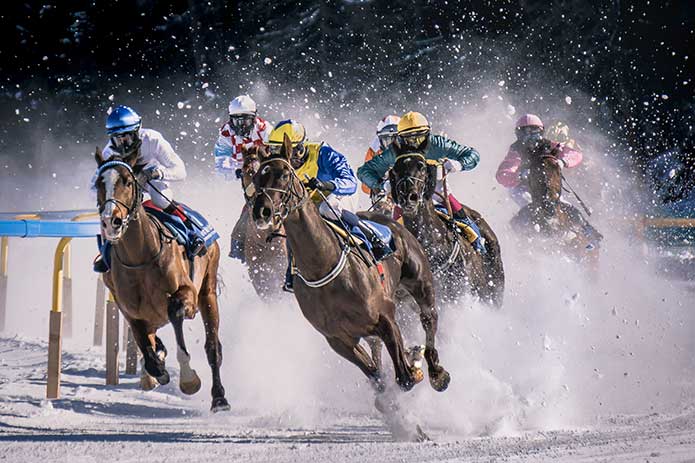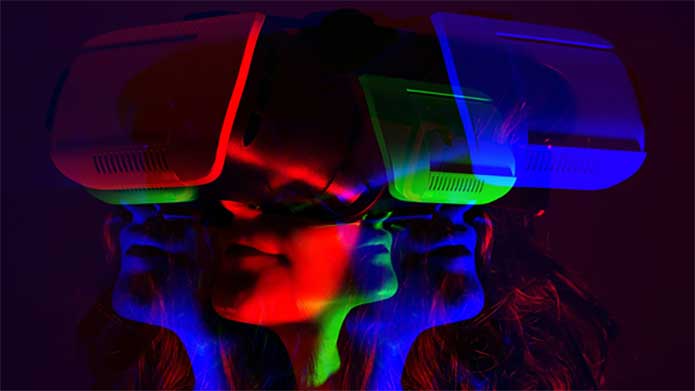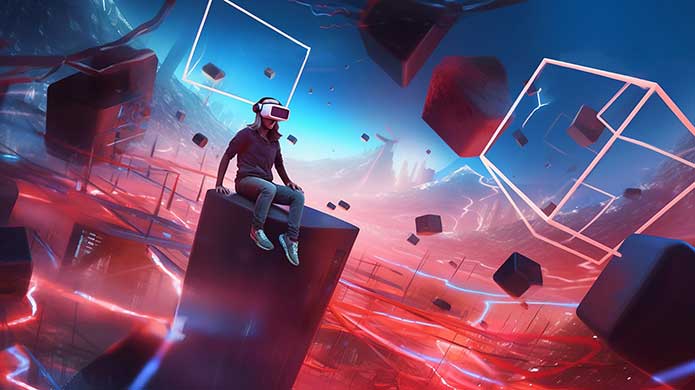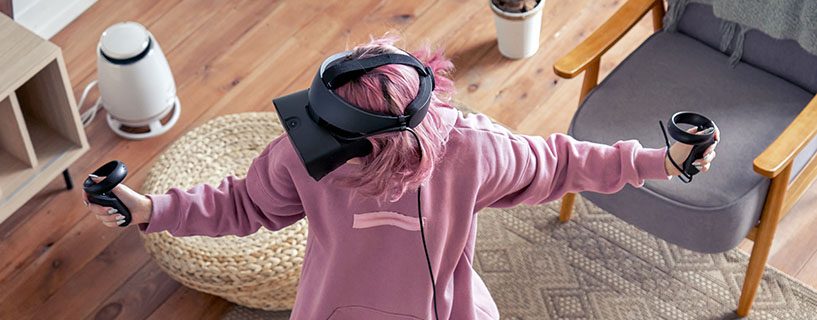Many of us talk about the future of virtual reality, but years have passed since the introduction of the first VR headset, and this technology is still not mainstream. However, we cannot deny the fact that Virtual Reality has huge potential, and some industries are seeing this piece of tech as a ticket to transitioning to the modern world — this includes the horse racing industry.
So, what is VR actually used for? Well, we are talking about a technology that can give us the feeling of a different reality. Now, although most of you see VR tech used for entertainment purposes, it actually has a more valuable potential in the simulation industry, especially when we talk about horse racing.
Think about it — why are most F1 drivers using VR technology and simulation rigs for training? Well, this gives them a chance to improve their skills without actually risking their life, and the same thing goes for horse racing.
Let’s explore the impact of VR in training racehorses
VR Jockey Simulators
 The first and probably the most important aspect of VR technology is in jockey training. Yes, usually young jockeys have been around horses for most of their lives, but getting on a racehorse is an entirely different thing compared to casual horseback rides.
The first and probably the most important aspect of VR technology is in jockey training. Yes, usually young jockeys have been around horses for most of their lives, but getting on a racehorse is an entirely different thing compared to casual horseback rides.
This is where VR technology and simulators come in handy.
In 2021, Britain’s Newmarket racing hub introduced VR jockey simulators from Racewood, a company specializing in equestrian tech. These £50,000 rigs mimic a horse’s gallop with a mechanical saddle, synced to VR headsets displaying 3D racecourses like Ascot or Epsom.
Many of the popular jockeys, including Frankie Dettori, have used VR training rigs and simulators just to try some tactics, or for practicing cornering or pacing.
The tech is real, and it can definitely help jockeys sharpen their skills without risking their life or the well-being of the horse.
Can Racehorses Use VR?
Even though VR technology has advanced throughout the years, we still cannot put VR goggles on horses and train them similar to jockeys. It just wouldn’t work.
Yes, we’ve seen horses wear those goggles for UV and wind protection, but putting a VR headset on a racehorse is just a recipe for disaster.
So, at the moment, it is best if this technology is used for training jockeys, who can then apply the strategies and riding styles on an actual horse to test how it goes.
Virtual Tracks
 Virtual Reality technology can recreate actual horse racing events. We are not talking only about creating the actual length and surface mechanics in a video game-like simulation, but one with actual competitors based on their performance.
Virtual Reality technology can recreate actual horse racing events. We are not talking only about creating the actual length and surface mechanics in a video game-like simulation, but one with actual competitors based on their performance.
In other words, jockeys can practice the race on a simulation rig with VR technology months before the actual race. This can help in coming up with the right strategy, and running simulation races just to see how the horse performs in such a scenario.
This is perfect for racehorse owners and trainers since they can find out where their horse needs a boost in performance and work only on improving that aspect.
Pennsylvania’s VR-Equicizer Combo
The Pennsylvania Horse Racing Association (PHRA) brought VR to the 2020 Pennsylvania Farm Show, pairing Oculus Rift headsets with an Equicizer — a wooden horse simulator.
They let visitors “ride” Penn National races, using real footage. By 2023, PHRA expanded this into training, with a press release noting simulators at stables like Parx to drill jockeys on gate starts.
Fan VR Spilling Into Training
 VR’s fan-side experiments are real and influential. In 2016, NBC and NextVR broadcast the Kentucky Derby in VR, with jockey POV shots from 360-degree cameras. Betting apps also used Oculus to put punters in the saddle with real race data.
VR’s fan-side experiments are real and influential. In 2016, NBC and NextVR broadcast the Kentucky Derby in VR, with jockey POV shots from 360-degree cameras. Betting apps also used Oculus to put punters in the saddle with real race data.
Can you imagine getting to experience the Kentucky Derby yourself, before you claim that horse racing sign up bonus and place a bet? It will give you such valuable information.
These aren’t training tools, but their tech—data visualization, motion capture—has trickled into barns.
Saratoga trainers use advanced analytics, and this analytics can be put in a VR simulation. Churchill Downs’ camera tech from 2016 could inform VR training, but no 2022 program specifically tested it for the Derby course.
Where VR Stands Today
VR’s not everywhere yet, but it’s growing. The British Racing School runs multiple Racewood simulators—15 is a fair estimate given their trainee volume of ~100 yearly.
So, VR can be very helpful at recreating a real-world scenario and creating the perfect strategy for the race day. It can also help jockeys sharpen their skills, especially if it is combined with a horse racing rig with actual riding movements.
This is not just a muscle workout, but something that can develop their riding skills even further and will eventually improve the horse’s time in a race.
In the future, we expect to see a deeper use of VR in the horse racing industry in such ways that will make the sport safer and more entertaining for the fans.


 by Symphonie
by Symphonie